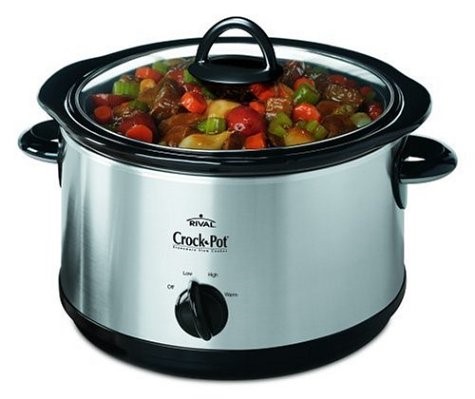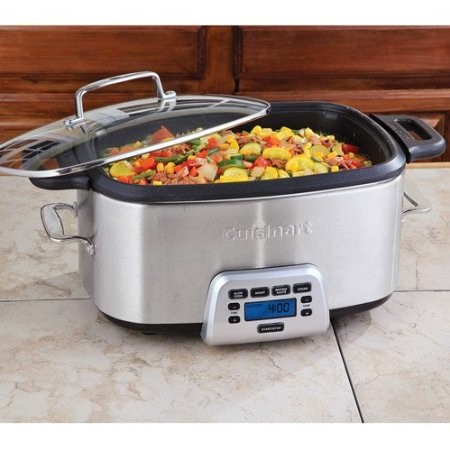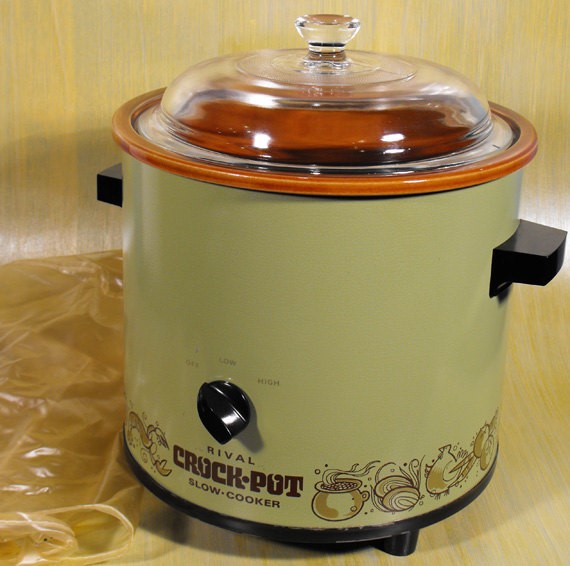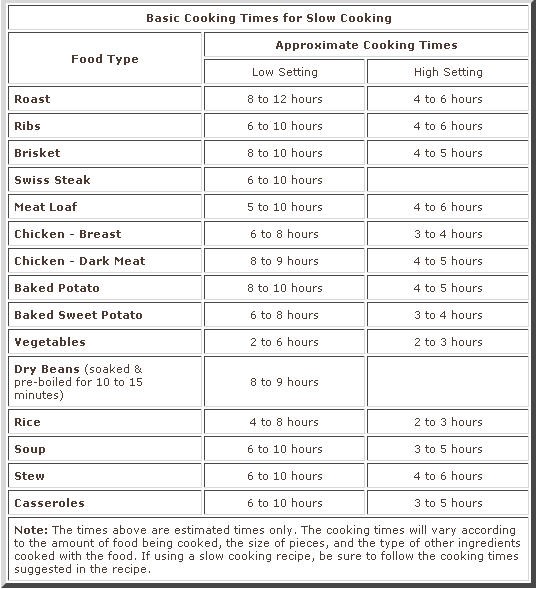Be Sure Your Slow Cooker Works FOR You and Not AGAINST You!

You seasoned cooks already know this: A slow cooker, also known as a Crock Pot (a trademark that is sometimes used generically) is a time- and energy-saver. It's used for simmering, which requires maintaining a relatively low temperature (compared to other cooking methods such as baking, boiling, and frying), allowing unattended cooking for many hours of pot roast, stews, soups, "boiled" dinners (and other dishes including dips, desserts, and beverages).
But while its advantages are obvious and its mechanics are simple, this appliance comes with some challenges. Managing the temperature settings is a little tricky. On the surface it seems simple-just low, medium, high, and sometimes a "keep warm" heat setting. But it's the lack of no temperature control in most slow cookers that's the challenge.

Consider the Rival slow cooker, for instance. The difference between high and low isn't a variation in temperature, it's the TIME it takes to get to 209°F. Low takes 8 hrs and high takes 4 hrs. The Cuisinart slow cooker 212°F for High, 200°F for Low, 185°F for Simmer, and 165°F for Keep Warm. In other brands the low setting is 190°F and the high setting is around 250°F.
Most slow cookers have one thermostat, set for the maximum temperature, usually just under boiling. They use in-line resistors to control the power, and therefore the rate at which a maximum temperature is reached. So while the maximum temperature of Low is still just below boiling, it will take twice as long to reach that temperature, than if you started out on High.

Then there's the issue of a cooker's age. Modern slow cookers run really hot, much hotter than slow cookers from the 70's and 80's. A newer cooker (2004 and newer) heats water on Low to 214°F (after 8 hours). On Keep Warm after 8 hours, the temperature stays at 209°F. Reviewers of most newer cookers have a common complaint: Food doesn't simmer, it boils, and thus the contents end up overcooked and often dry and burnt. As a result, folks are on the hunt for the older cookers-they're easier to use (if you have one, hang onto it!).
The bottom line, then? The temperature of the cooker's contents will rise until it reaches boiling point, at which point the energy goes into gently boiling the liquid closest to the hot surface. And on Low it takes longer than on High to reach that point.
So what do you need to know to make sure your slow cooker works for you and not against you?
1) DON'T ever put frozen anything into a slow cooker. Temperatures are too low-the food will spend too long in the danger zone, bacteria-wise, before it starts to really cook. Thaw your ingredients first.
2) If you're away from home for the day, cook on Low rather than High, to ensure your food won't end up burnt or at best dried out.
3) It's easiest to use recipes designed for slow cookers (that usually come with the appliance) than to try to adapt your recipes. This way you avoid the above-mentioned challenges.

4) Follow manufacturer instructions. While makes and models vary, temperature- and time-wise, this chart is fairly reliable.
And finally, here's a little tidbit I learned from WIKI HOW: Raw beans contain the toxin phytohaemagglutinin, which is destroyed by boiling, but not by the lower temperatures of a slow cooker. So dry beans must be boiled 212°F for 30 minutes prior to slow cooking, or alternatively soaked in water overnight, and then boiled in fresh water for at least 10 minutes before cooking in a slow cooker. Adequate pre-boiling is vital if you're doing beans in a slow cooker. Obviously this risk can be avoided entirely by using canned cooked beans and adding them towards the end of the recipe's cooking time.
- www.tuscanfoodie.com
- www.chefdruck.com
- www.etsy.com
- www.theartofcuisine.com
 Alice Osborne
Alice Osborne
Weekly Newsletter Contributor since 2006
Email the author! alice@dvo.com
